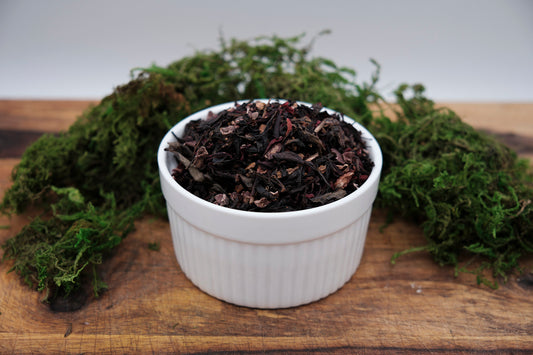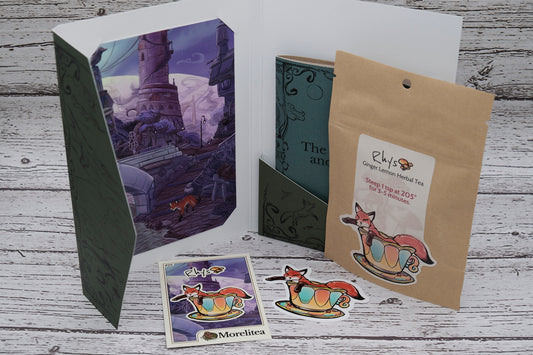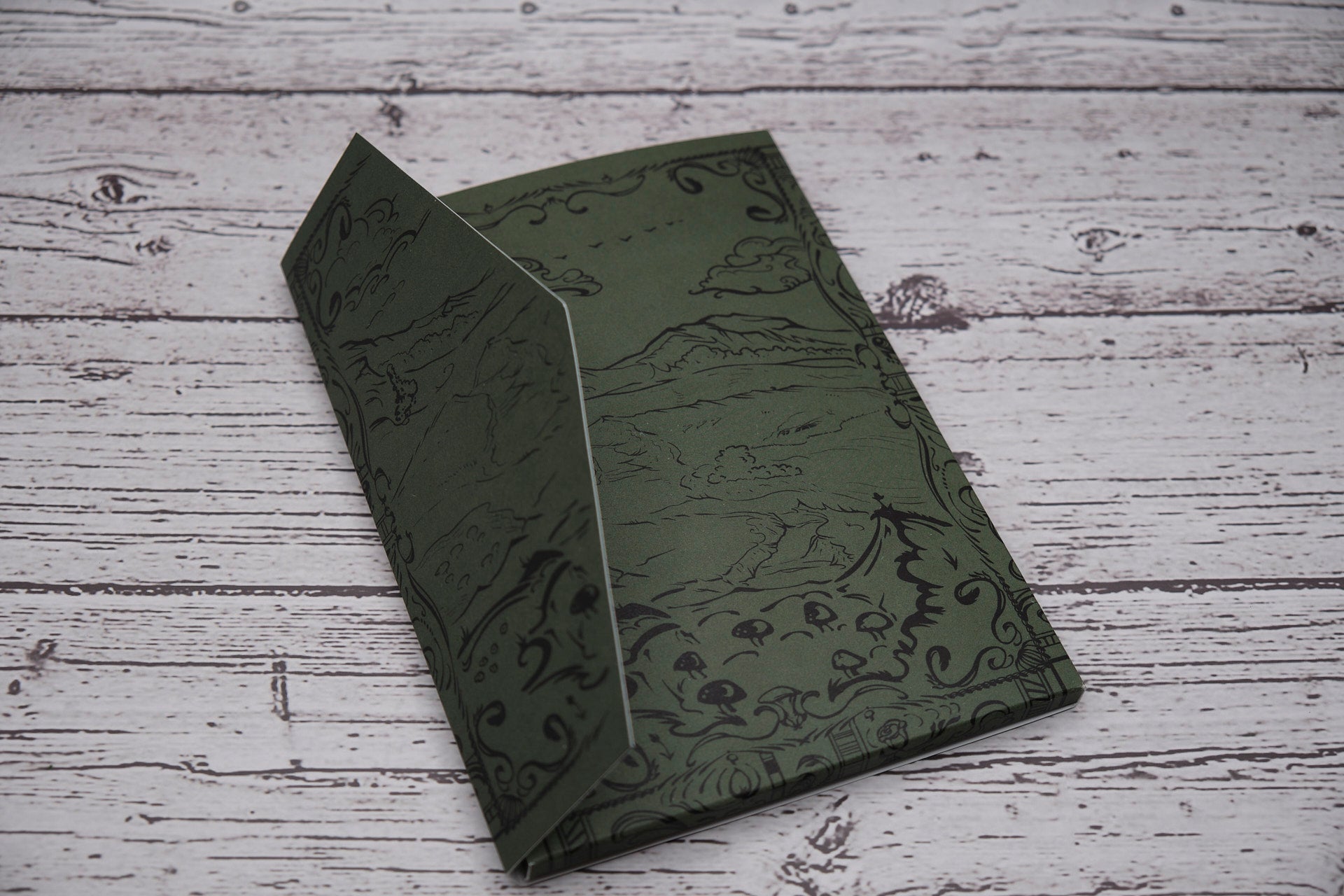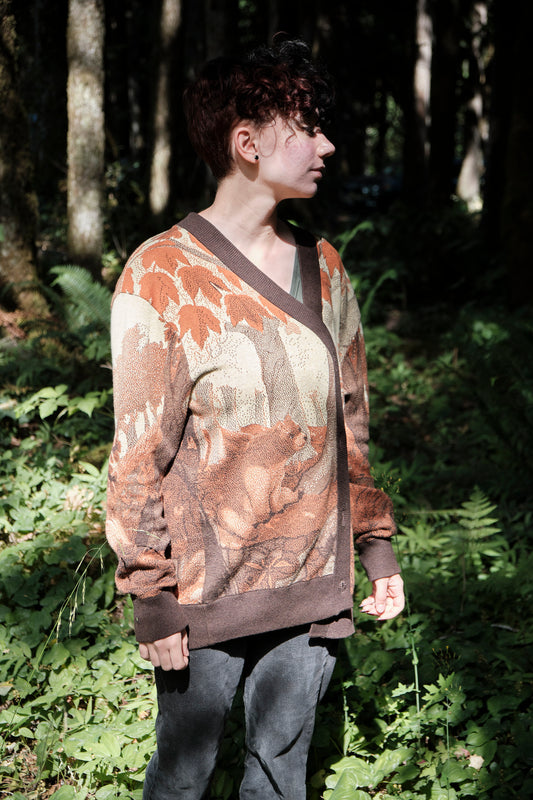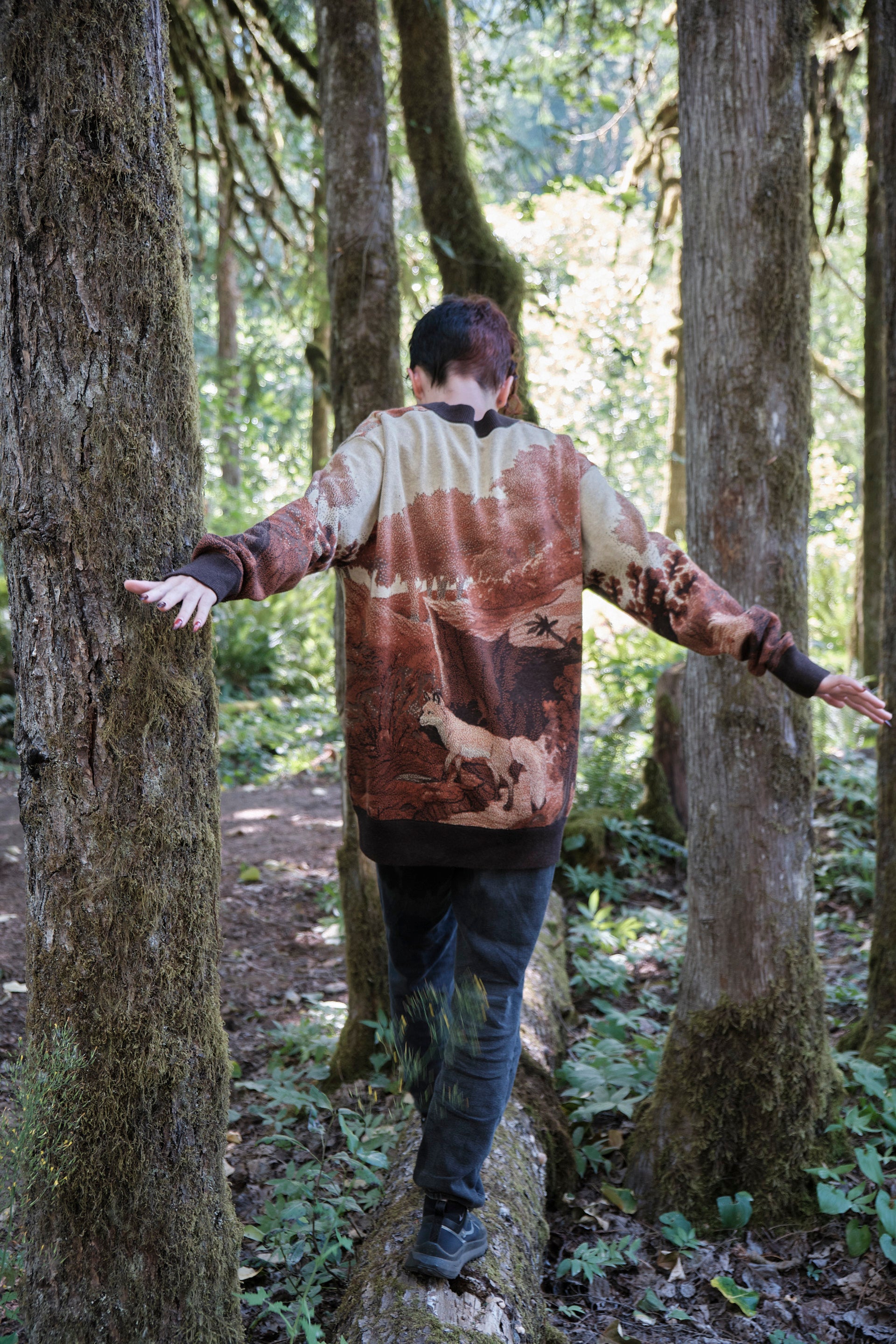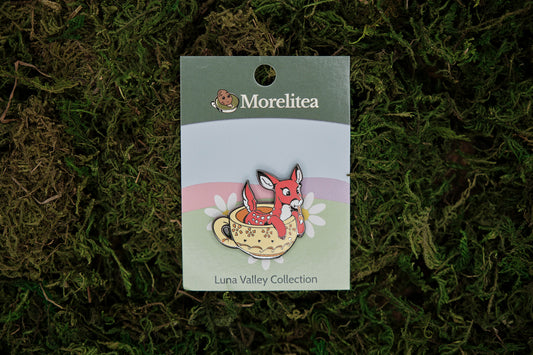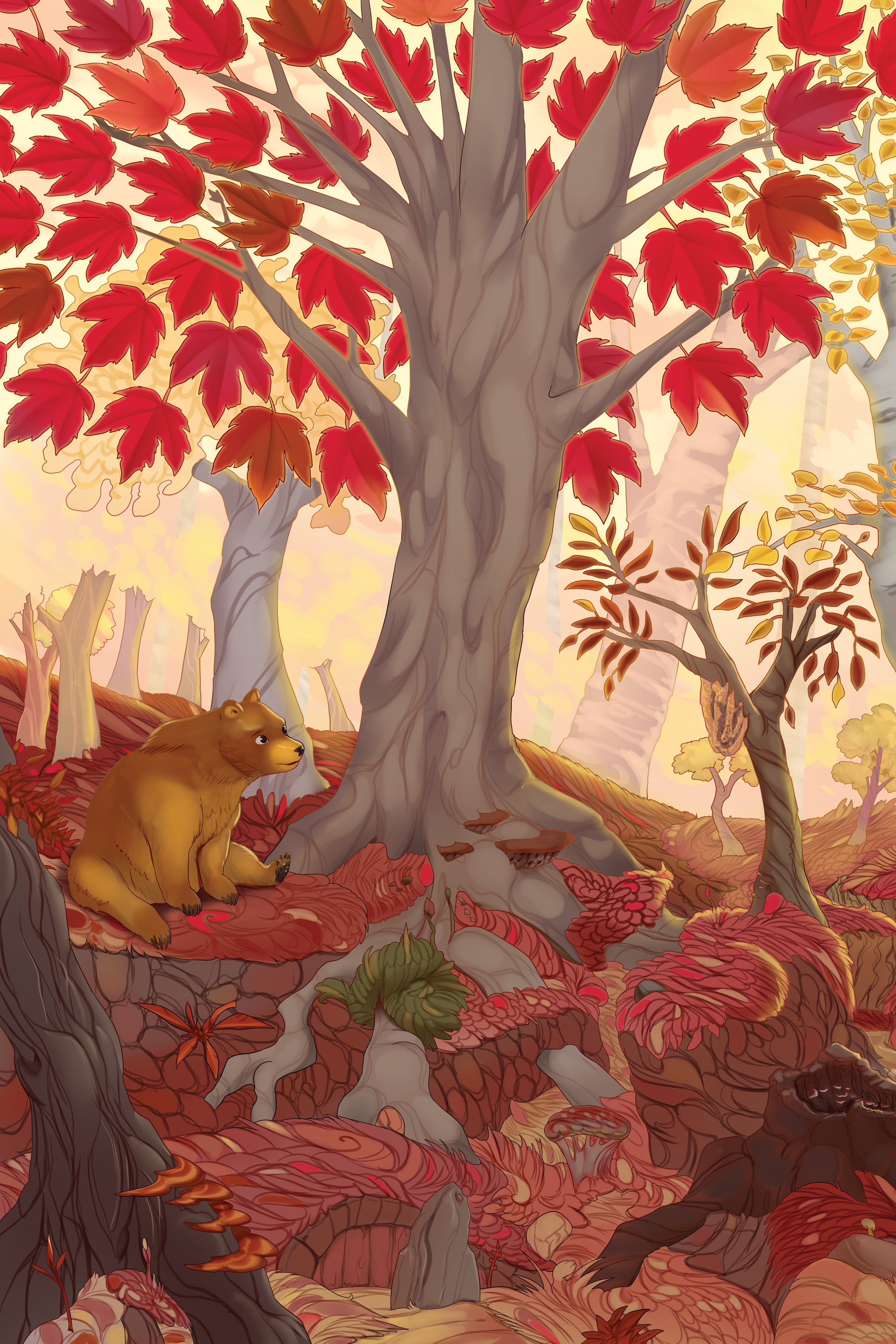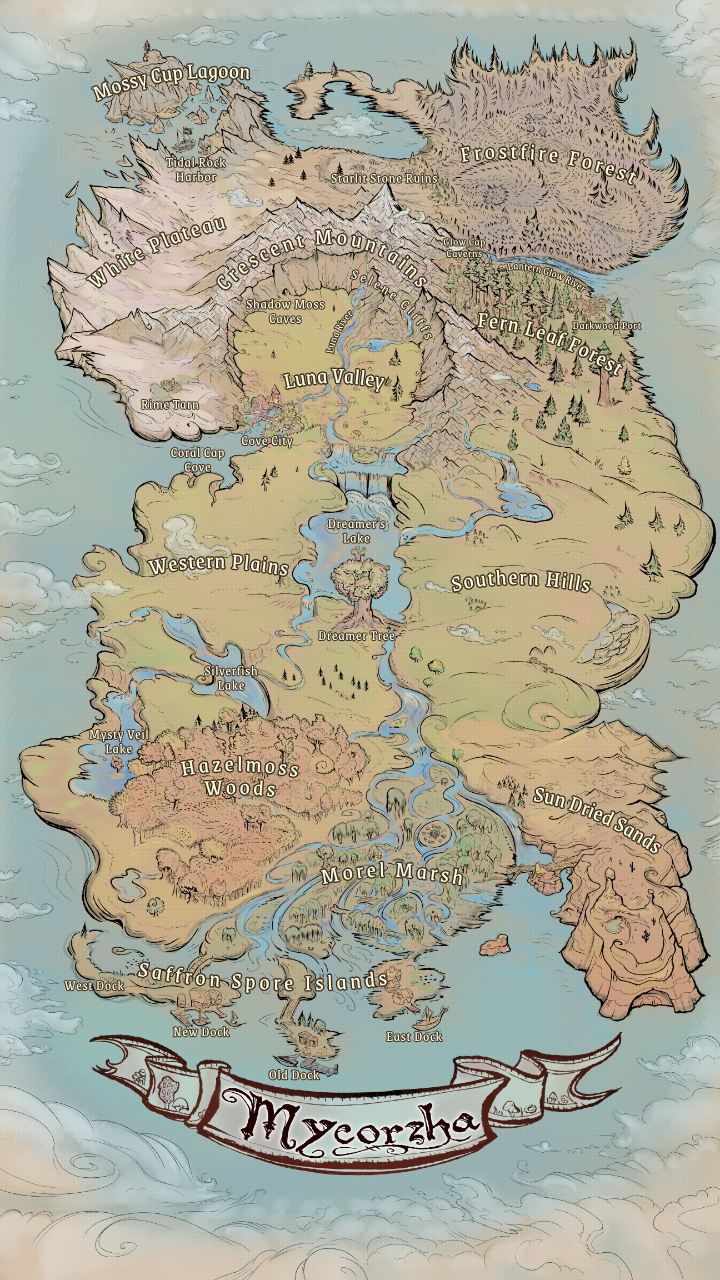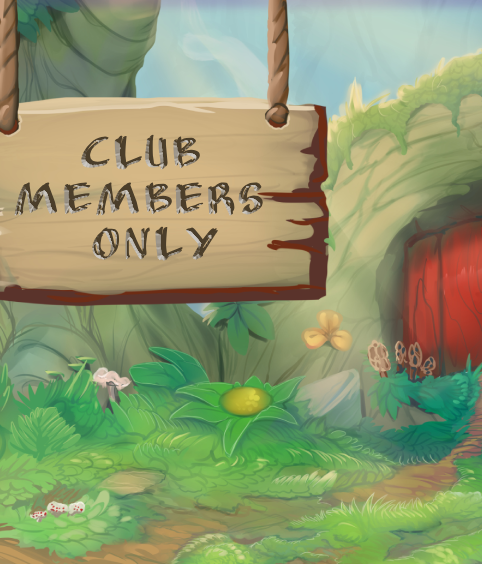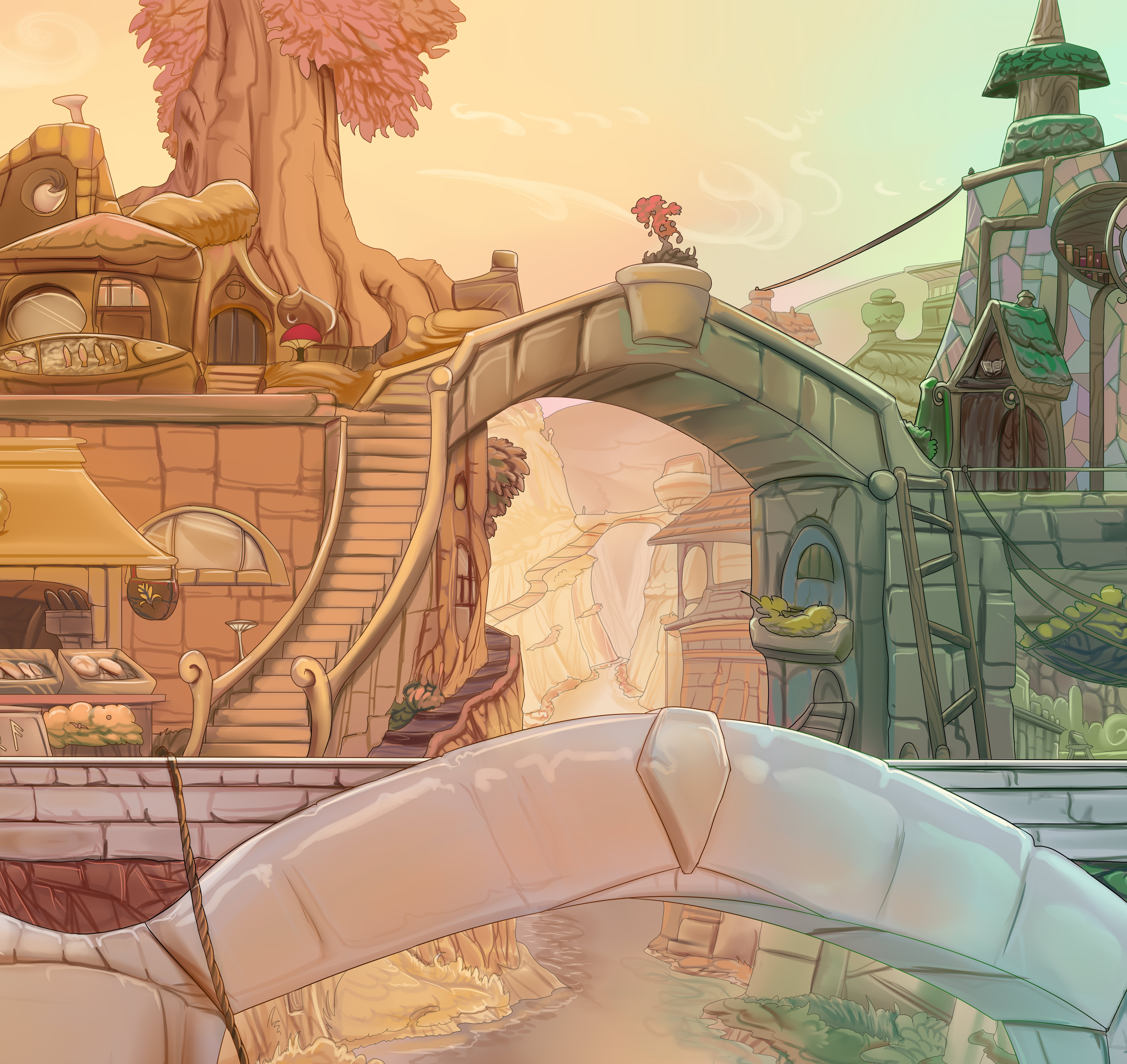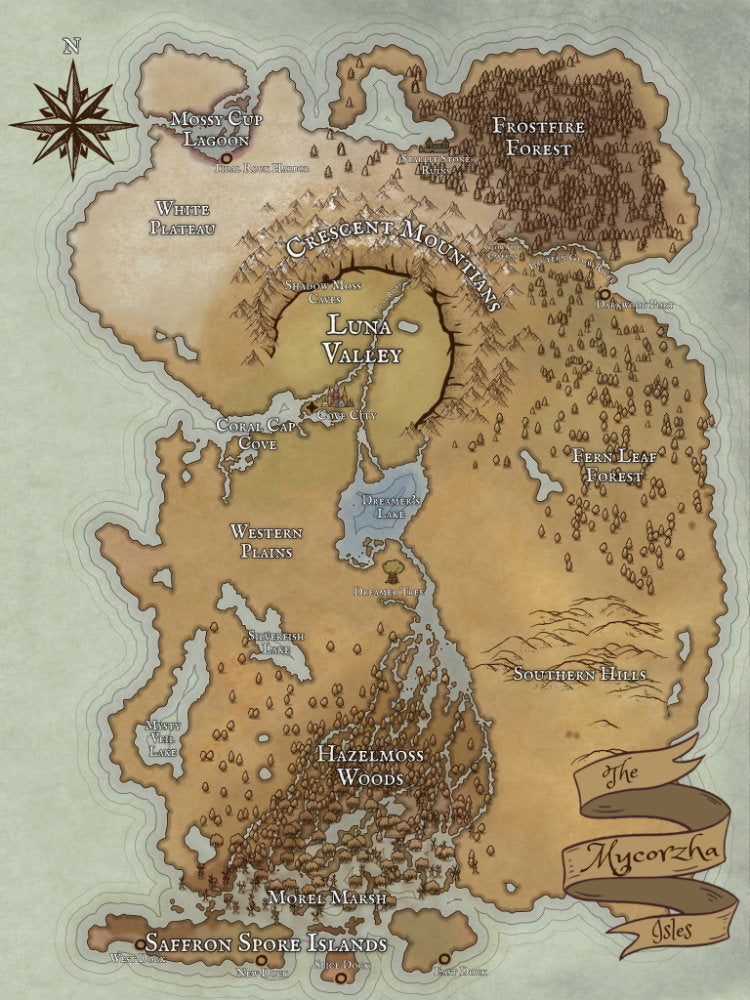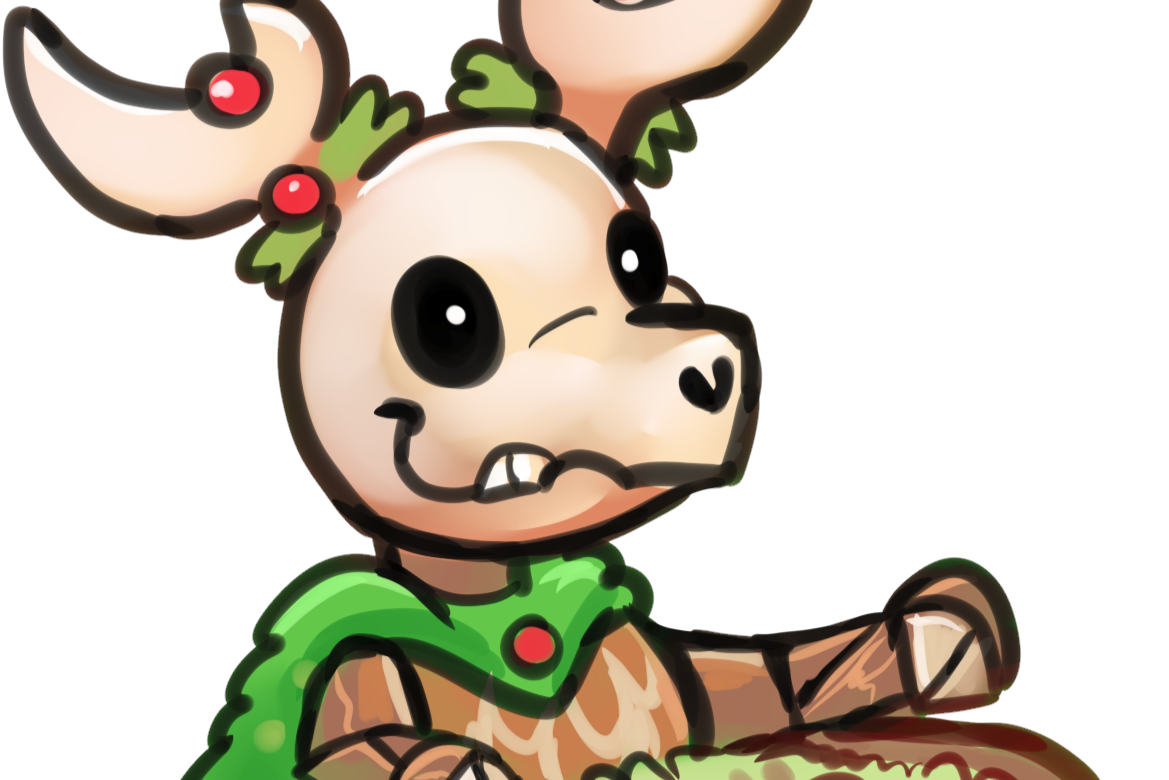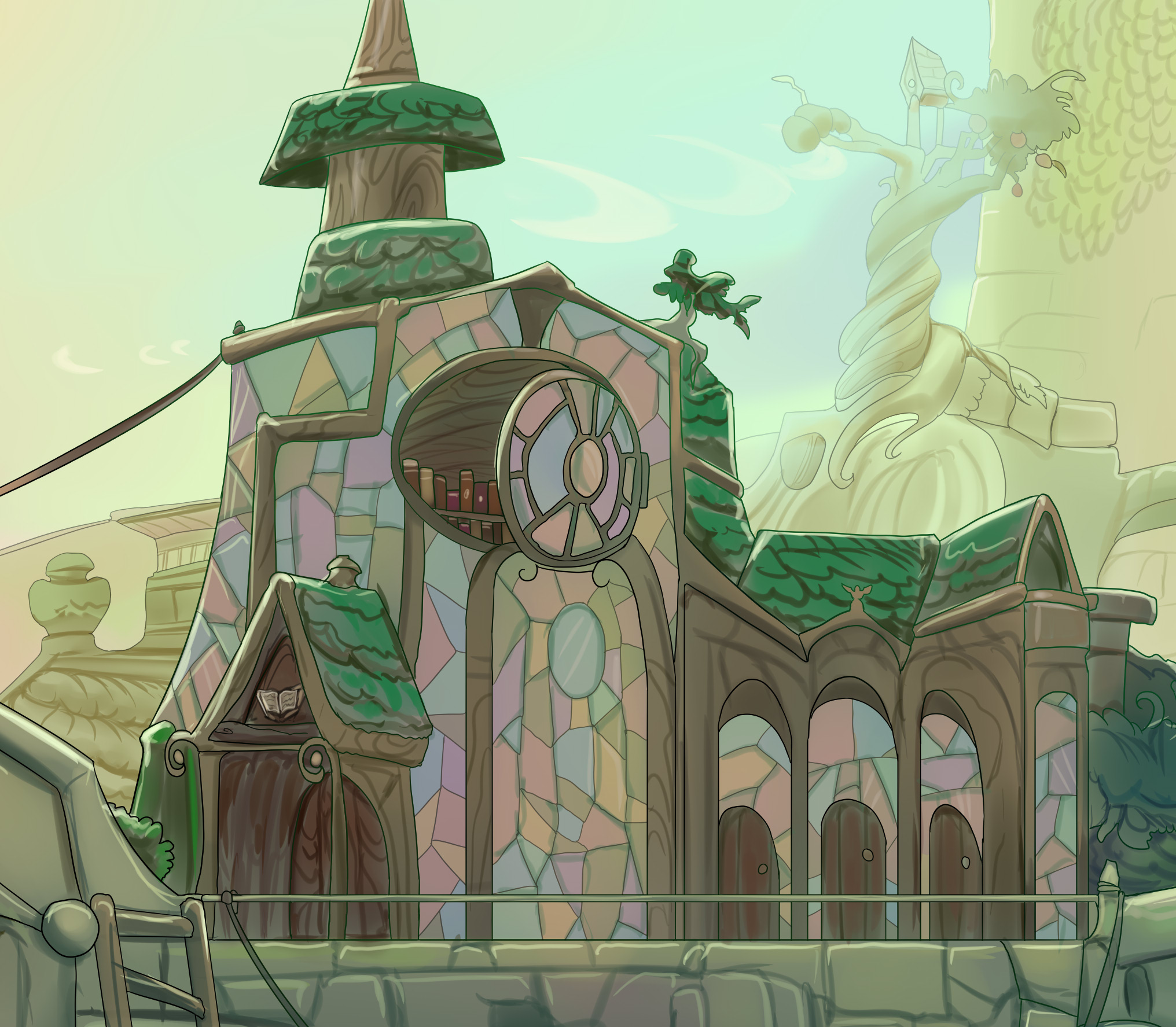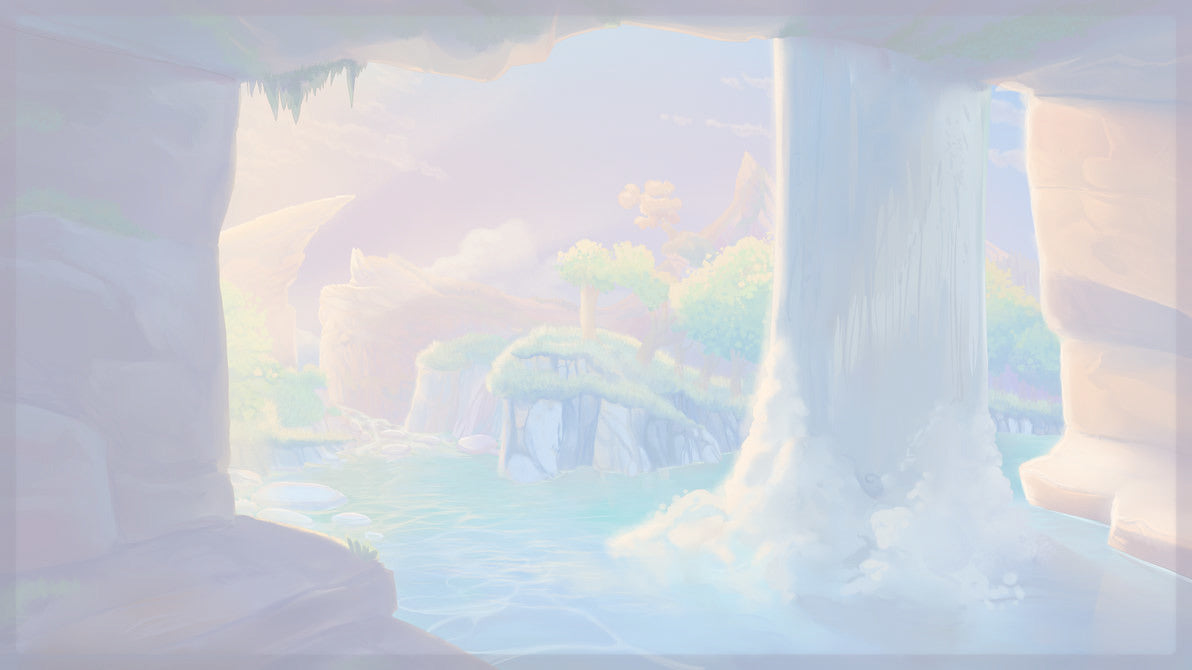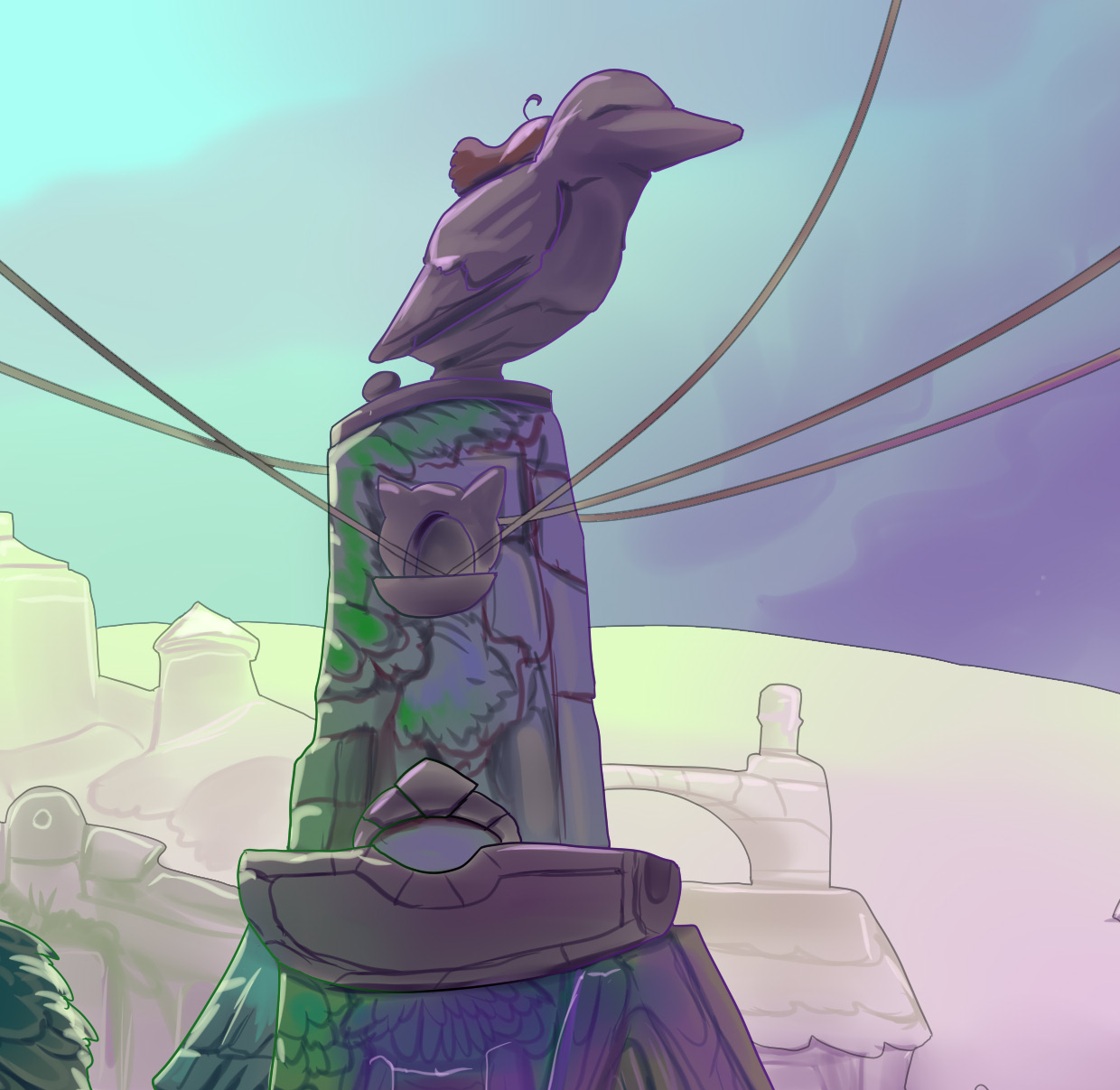Spirituality on the Isles of Greater Mycorzha
Spirituality across the Isles is shaped by the environment itself. The land is alive, and the creatures who live on it build their beliefs around that reality. There is no single temple system, no set of written doctrines, and no one way to practice. Instead, there are shared ideas that show up across cultures, villages, and nomadic groups. These ideas are passed down through oral traditions, seasonal ceremonies, daily habits, and shared community practices.
The two most significant spiritual forces recognized across the Isles are the Mysts and the Isles. Both are real, physical parts of the world, and their influence on daily life is strong. While some communities treat them as sacred forces and others speak of them more practically, almost everyone interacts with them in some form. Belief on the Isles is less about organized religion and more about living in relationship with the world.
The Mysts
The Mysts are a dense, fog-like barrier that surrounds the Isles, particularly at the edges where land meets ocean. They are visible from the coast and sometimes shift and change depending on the season. These thick mists limit visibility and make sea travel dangerous, which has protected the Isles from invasion and large-scale outside interference. While trade does exist with those who come from beyond the Mysts, entry is difficult. Many ships never arrive. Those that do often rely on guides or older routes learned over time.
Because of this, the Mysts are seen as both guardian and gatekeeper. Some believe the Mysts act with intention, only letting through those who are meant to arrive. Others see them as part of the land's natural defense, no more personal than a cliff or a storm. Either way, the presence of the Mysts is a major reason why the Isles have remained relatively unchanged for so long.
Spiritual practices involving the Mysts vary. In coastal communities, people may leave offerings during long periods of fog or storms, asking for safe travel or a break in the weather. Some groups believe the Mysts carry messages from ancestors or warnings from the land. Others believe the Mysts are a trial in themselves, meant to test the determination of those who pass through.
The Mysts are not fully understood. Some believe they are connected to the energy of the Isles, responding to the balance of the land. A few creatures, usually those who have traveled deep into the northern reaches or lived in exile, claim to have encountered the true nature of the Mysts. These stories are rarely shared publicly, and those who tell them are often regarded with a mix of curiosity and caution.
The Isles
Where the Mysts are seen as boundary and protection, the Isles are seen as life itself. The land is treated not just as home, but as a living being. This belief is not abstract. The Isles grow food, produce resources, and respond to how they are treated. If cared for, they are abundant. If neglected, they grow harsh. This pattern has been observed over generations and is considered fact by most who live there.
The Isles are sometimes described as having moods or needs. When the soil grows poor or the mushrooms do not bloom, it is taken as a sign that something has been done wrong. Because of this, every creature is taught from an early age how to care for the land. This includes foraging only what is needed, burying food scraps as compost, avoiding waste, and helping maintain the health of the ecosystem. These are practical skills but also carry spiritual meaning. To harm the land is considered one of the worst things a person can do.
Burial practices reflect this connection. Bodies are returned to the earth without barriers. No coffins, no sealed tombs. The goal is to allow the land to reclaim the body fully. When mushrooms grow from a grave, it is seen as a sign that the Isles have accepted the person and are using their remains to feed future life. This belief ties directly into the presence of mushrooms in daily life. Mushrooms are more than food. They provide light, insulation, medicine, and even communication in some regions. They are treated as signs of the land’s health and seen as guides between the living and the dead.
Spiritual Roles and Daily Practice
There is no central temple system, but spiritual roles do exist. In most villages, there is at least one elder or guide responsible for leading ceremonies, watching the land for signs, or offering advice during uncertain times. These roles are not assigned by rank or title, but by trust. A person becomes a spiritual guide when others begin turning to them for help and knowledge.
The Temple of the Isles, located in Cove City, is one of the few centralized institutions. It is not a place of worship but a place of judgment and reflection. It plays a role in major life decisions, including banishment, forgiveness, and rites of passage. The Temple’s members are not priests, but respected advisors who have demonstrated long-standing commitment to the land and its people. They are responsible for keeping stories, offering counsel, and ensuring the values of balance and care are upheld.
Spiritual practice is usually woven into daily activities. When someone plants a tree, they often say a few words to the land. When someone harvests berries, they leave a portion behind. These actions may seem small, but over time they shape how people view their place in the world.
Stories, Ancestors, and the Afterlife
Spiritual beliefs are carried through stories. Myths about the first gardens, the early mushroom forests, or the spirits of the Mysts are shared around fires, told by grandparents, or taught during festivals. These stories vary between regions, but they all reinforce the idea that the land is listening and that one’s choices matter.
The afterlife is not clearly defined. Most people believe that when you die, your body returns to the land and your spirit becomes part of the Isles. Some say the mushrooms that grow from your grave are a part of you. Others believe that the Mysts carry your essence away. What matters most is how you lived. Those who lived in balance with the land are remembered with gratitude. Those who did harm may be forgotten or spoken of only in warning.
Ancestor remembrance happens during the fall holiday, Faelivrin, when stories are told, and food is shared with the living and the dead. Mushrooms are placed on graves, and names are spoken aloud so that they are not lost. This practice helps communities stay connected to those who came before them.
